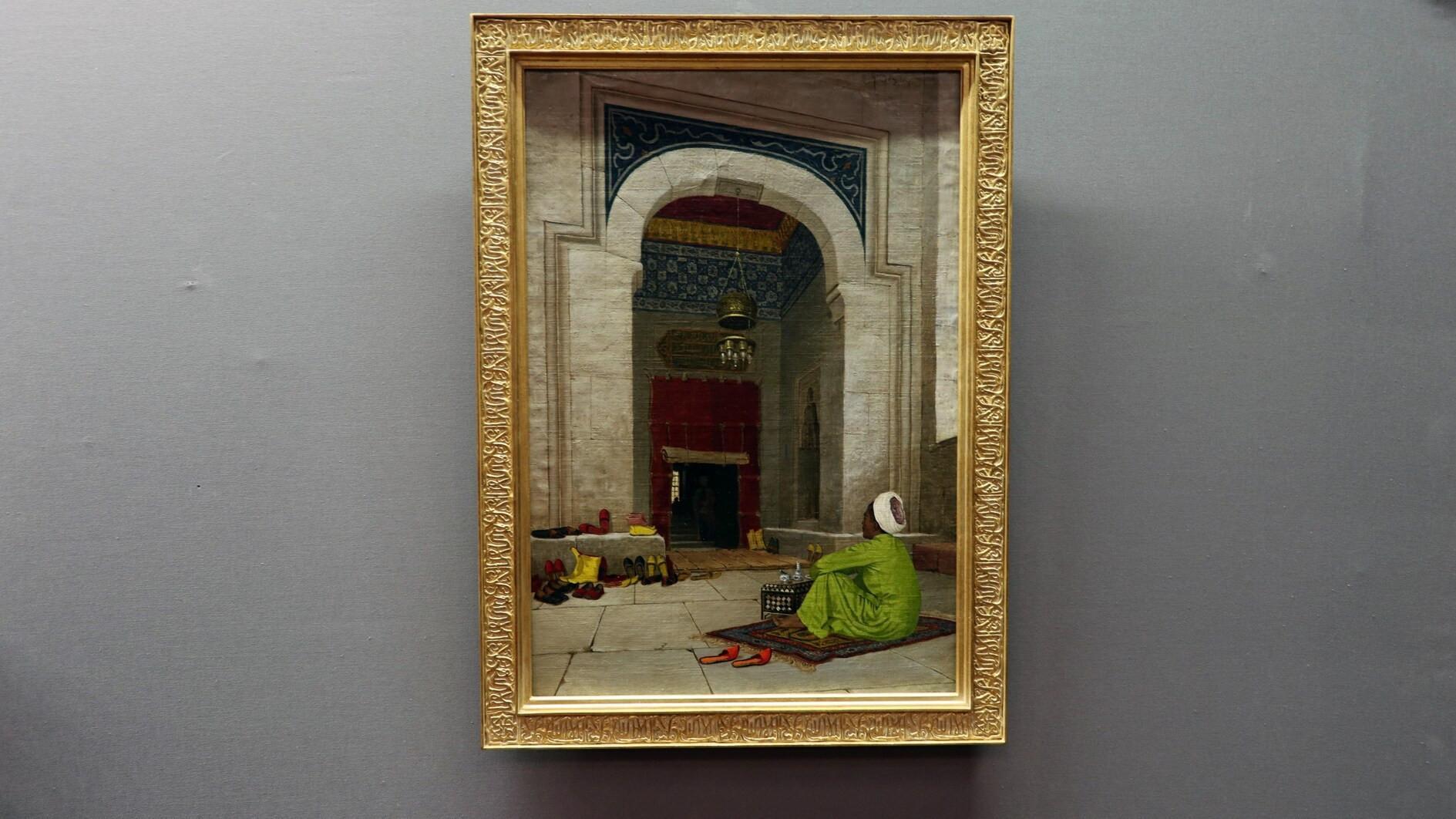Lessons of Uludere
NEW YORK
I have to start by confessing that I only understood the significance of what happened in Uludere after hearing about the Şırnak Governerate’s press release recently. My mistake entirely.Today I would like to talk about my thoughts regarding the Uludere incident as an economist and native of Turkey. The press release was about correcting the number of dead citizens of Turkey to 34, not 35, as it was previously known. It goes something like this: “The body parts of one person were mistakenly identified as the body parts of another, which led to the belief 35 had died. However, the evidence indicates that the number is 34 now.” Horrible, isn’t it?
Here is the first lesson of Uludere: No government should allow its own country to be bombed indiscriminately. This kind of thing used to happen. Yes, old habits die hard, but this “normal procedure” of the past should definitely be left there. On that point there is nothing to argue about. Today I would like to focus on the connectivity of the Uludere region to the rest of Turkey. I see a problem there that deserves further scrutiny.
The second thing that sticks to my mind is a picture of the funeral procession; the funeral of our fellow citizens who lost their lives in Uludere. The photo shows hundreds of people carrying the many caskets. The village road is too narrow; there is only the earth and rocks everywhere. It looks like the images of the barren hills of Afghanistan. Our southern border looks more similar to central Asia than it does to the rest of Turkey. And therein lies the issue of connectivity.
Diyarbakır is the ninth most populated city of Turkey. But for every Istanbul, there are 20 Diyarbakırs in terms of population size. The same is true for Mersin, which is the 10th most populous city of Turkey. Atlanta, in contrast, is the ninth largest city of the United States and is only one third the size of New York. The same is also true for Boston, which is the 10th most populated city in the U.S. and again, one third the population of New York. So Diyarbakır, Mersin, Gaziantep and Bursa are not small – Istanbul is too big. Istanbul is too big because it is the only well-connected city of Turkey where you can live for 24 hours. All big public investments are there to increase its connectivity. Because of a centralized decision-making process in public investments, Bursa and Diyarbakır can hardly compete.
Istanbul, as a giant, tends to attract all of Turkey’s talent. Needless to say, that impoverishes the capabilities of other cities. Poor capabilities are the recipe for regional disparity. The image of the funeral procession is due to this disparity. The government has done a lot to improve the basic infrastructure lately, but a big gap remains. One-off measures are not enough to close it. We need to revisit our urbanization policies, if there are any. We have to increase connectivity, make our policies more structural and more effective.
The need for connectivity is my ultimate personal lesson from Uludere. I wonder whether the relative size and skill sets of other provinces were this asymmetric at the beginning of the 20th century. If not, late Ottoman population movements and the administrative structure of Turkey need to be analyzed more thoroughly.











